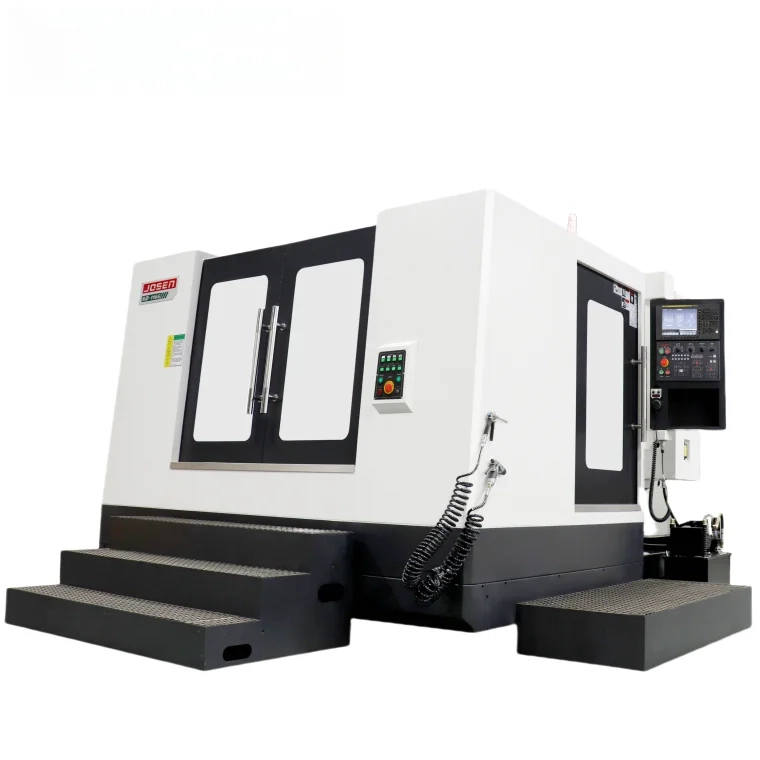In today’s globalized economy, the speed of goods transportation can significantly impact a business's bottom line. As companies strive to meet consumer demands for rapid delivery, understanding the fastest ways to transport goods has become crucial. This article delves into various transportation methods, their efficiencies, and the technological advancements that are shaping the future of logistics.
- Understanding Transportation Modes
The transportation of goods can be categorized into several modes: air, land, sea, and rail. Each mode has its unique advantages and limitations, and the choice often depends on factors such as distance, cost, and the nature of the goods being transported.
1.1 Air Freight
Air freight is widely recognized as the fastest method for transporting goods over long distances. With the ability to cover thousands of miles in a matter of hours, air transport is ideal for high-value, time-sensitive shipments such as electronics, pharmaceuticals, and perishable goods.
However, air freight comes with a higher cost compared to other modes. Businesses must weigh the urgency of delivery against the financial implications. Innovations in air cargo, such as the use of drones for last-mile delivery, are also emerging, promising to further reduce transit times.
1.2 Road Transport
Road transport remains a dominant mode for domestic logistics due to its flexibility and accessibility. Trucks can reach remote locations that other modes cannot, making them essential for last-mile delivery.
Advancements in technology, such as GPS tracking and route optimization software, have significantly improved the efficiency of road transport. Companies can now analyze traffic patterns and adjust routes in real-time, ensuring faster delivery times.
1.3 Rail Freight
Rail transport is often overlooked when discussing speed, yet it can be one of the fastest and most cost-effective methods for transporting large quantities of goods overland. Trains can carry a substantial volume of cargo, making them ideal for bulk shipments.
In regions with well-developed rail networks, the combination of speed and capacity can rival that of road transport, especially for intermodal shipping where goods are transferred between rail and truck.
1.4 Maritime Shipping
While maritime shipping is the slowest mode of transport, it is essential for international trade due to its capacity to move large volumes of goods at a lower cost. Innovations in container shipping and port logistics have improved turnaround times, making sea transport more competitive.
The advent of faster vessels and the use of automated port facilities are also contributing to reduced shipping times. However, for urgent deliveries, businesses often opt for air freight or a combination of air and sea transport.
- The Role of Technology in Speeding Up Logistics
The logistics industry is undergoing a technological revolution that is enhancing the speed of goods transportation. Key technologies include:
2.1 Automation and Robotics
Automation in warehouses and distribution centers is streamlining operations, reducing handling times, and increasing accuracy. Robotics can pick and pack goods faster than human workers, allowing for quicker dispatch.
2.2 Internet of Things (IoT)
IoT devices enable real-time tracking of shipments, providing businesses with valuable data on the location and condition of goods. This transparency allows for proactive decision-making, minimizing delays and optimizing routes.
2.3 Artificial Intelligence (AI)
AI algorithms can analyze vast amounts of data to predict demand, optimize inventory levels, and enhance supply chain efficiency. By forecasting potential disruptions, companies can implement contingency plans to maintain speed in their logistics operations.
- Choosing the Right Method for Your Needs
When determining the fastest way to transport goods, businesses must consider several factors:
- Nature of Goods: Perishable items may require air transport, while bulk goods might be more suited for rail or sea.
- Distance: For long distances, air freight is typically the fastest, but for regional deliveries, road transport may be more efficient.
- Cost: Businesses must balance speed with budget constraints, as faster methods often come at a premium.
- Urgency: Understanding the delivery timeline is crucial. For critical shipments, air transport may be non-negotiable.
Conclusion
In conclusion, the fastest way to transport goods depends on a multitude of factors, including the mode of transport, the nature of the goods, and the technological advancements available. As logistics continues to evolve, businesses that leverage the right combination of transportation methods and innovative technologies will be best positioned to meet the demands of a fast-paced market. By staying informed and adaptable, companies can ensure that they not only keep pace with consumer expectations but also gain a competitive edge in the ever-changing landscape of global trade.





+ There are no comments
Add yours